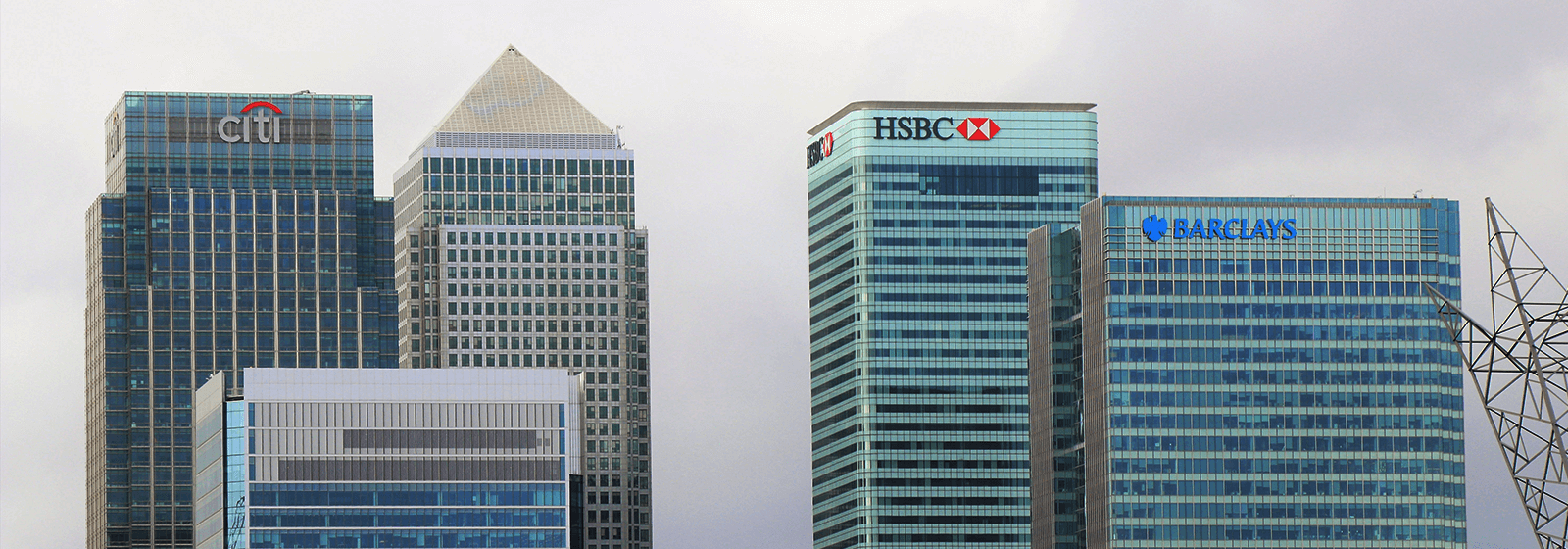H1 and July 2021 Market Roundup
H1 Gold Performance
The first six-months of 2021 demonstrated how the different sources of gold demand and supply interact. Based on the London Bullion Market Association (LBMA) USD PM fix, the gold price dropped by 6.6% in the first half of the year (to 30th June 2021). This fall was driven by higher interest rates as well as more positive sentiment from institutional investors as the global economy started to rebound following COVID-19.
Nevertheless, many retail investors regarded the price dip as an opportunity to buy, with individuals concerned about rising inflation and the strong lines of monetary and fiscal policy being implemented to aid economic recovery. According to The World Gold Council, investors continued to use gold as a safe haven amid concerns around currency risks and capital preservation. In their Q2 Global Market Trends report, The World Gold Council also explained how investors who had spent prolonged periods of time in an ultra-low interest rate environment were adding more risks to their portfolios in a bid to generate greater returns. They suggest that great allocation to risk may require greater allocation to gold for downside protection and portfolio diversification.
July Update
Onto July, and the gold price hovered around the $1,800 per ounce mark for much of the month as a weaker US Dollar, concerns around rising inflation and lower US Treasury yields bolstered the appeal. The price only fell below the $1,800 barrier for a brief period before quickly recovering and staying relatively stable throughout the month.
By mid-July, inflation in the USA was said to have reached a 13 year high. In the UK, the consumer price index recorded a measure of 2.5% in June, which, although less than half that of the USA, was higher than the 2% target set by the Bank of England.
Central bank buying was active in many areas, with notable purchases from Russia, Thailand and Turkey. Russia, in particular, announced plans to purchase over $4bn worth of gold and foreign currency before the end of August. Krishan Gopaul, a senior analyst at the World Gold Council commented “The steady buying in recent months stands in contrast to the more inconsistent picture from mid-2020 when central banks switched between net buying and selling”.
Cryptocurrency Energy Usage
During the month, Visual Capitalist published a report which shed light onto the reality of the total energy usage of cryptocurrencies compared to gold. Although cryptocurrencies are created digitally, as opposed to gold which is mined from the ground, or recovered as a result of recycling, there is still a vast amount of energy required to produce the end result. Bitcoin is produced by ‘mining’ which at a basic level requires a computer to solve a mathematic equation to generate, or ‘mine’ Bitcoins. It is estimated that it takes 17MJ (megajoules) of energy to generate $1 worth of Bitcoin, compared to 5MJ to produce $1 of gold. As well as mining, confirming the bitcoin transactions along the network requires a great deal of power as just one Bitcoin transaction requires the same amount of energy as watching over 126,726 hours’ worth of videos on YouTube.
This issue was also recently cited by Elon Musk, CEO of Tesla, as following initial positive press regarding Tesla and Bitcoin, Tesla recently suspended purchases of its vehicles using the cryptocurrency, citing the global environmental impact of mining Bitcoin as one of the factors.
The Royal Mint Update
In news from The Royal Mint, July saw the release of the annual report which this year detailed a £12.7 million operating profit. The report noted that strong performance throughout the year had been driven in part by strong demand for precious metals and as a result, had attracted over 25,000 new investors to its platform. The report also divulged a 430% increase in millennials investing in gold through The Royal Mint, many of them opting to make use of its DigiGold platform which allows customers to invest in physically-backed digital gold, silver and platinum from as little as £25.
The Months Ahead
According to The World Gold Council, the matter of increasing interest rates- which often has a negative impact on the price of gold- could be offset by longer term concerns in relation to fiscal and monetary policy, both of which are traditional drivers for gold demand. Furthermore, inflation, currency debasement and higher exposure to riskier assets could result in an increase in investor demand for gold in the months ahead.





